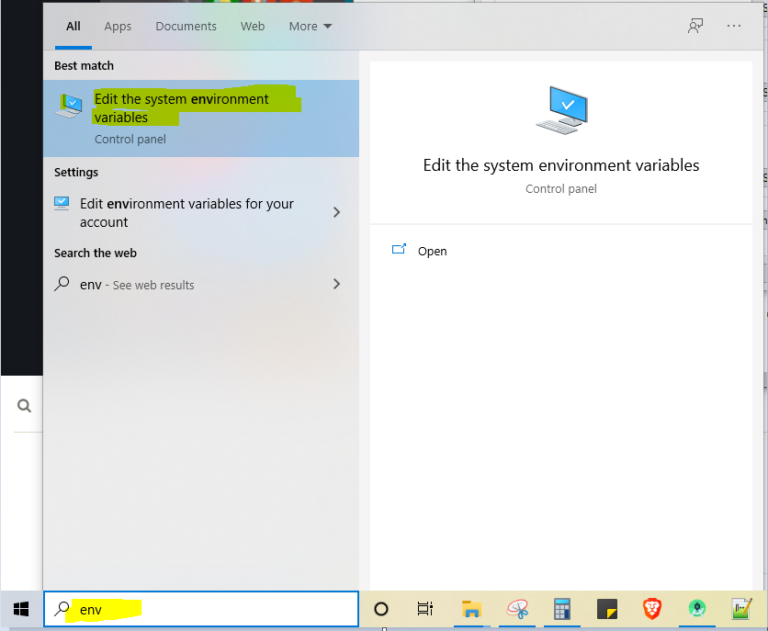

That’s it! It took a couple minutes for Android Studio to finish opening the project for the first time, but the `local.properties` file was created pretty quickly. just write this at your terminal prompt: locate 'SDK Readme.txt'.
Choose the “android” folder in your project folder Once you get the SDK running, you can download the tools from it, along with your selected android versions. Here’s how to open your project in Android Studio: The `local.properties` file was automatically created when Android Studio opened the folder, and my project worked perfectly after that. I was ultimately able to solve the problem by simply opening my project’s Android folder in Android Studio. This didn’t feel right to me since I never had to do that for my other apps. Solutions on the Internet involved different convoluted steps for different operating systems and modifying the computer’s environment variables. I was confused because I didn’t mess with the Android project at all and I followed all of React Native’s instructions for my new app. The Android SDK path is usually C:UsersAppDataLocalAndroidsdk as shown in the image above. Define location with sdk.dir in the local.properties file or with an ANDROID_HOME environment variable.

I recently created a new React Native app, SkinSafe, for a hackathon (we won)! While trying to run the app on an Android emulator, following the React Native docs, I came across the following error: Error: SDK location not found.






 0 kommentar(er)
0 kommentar(er)
